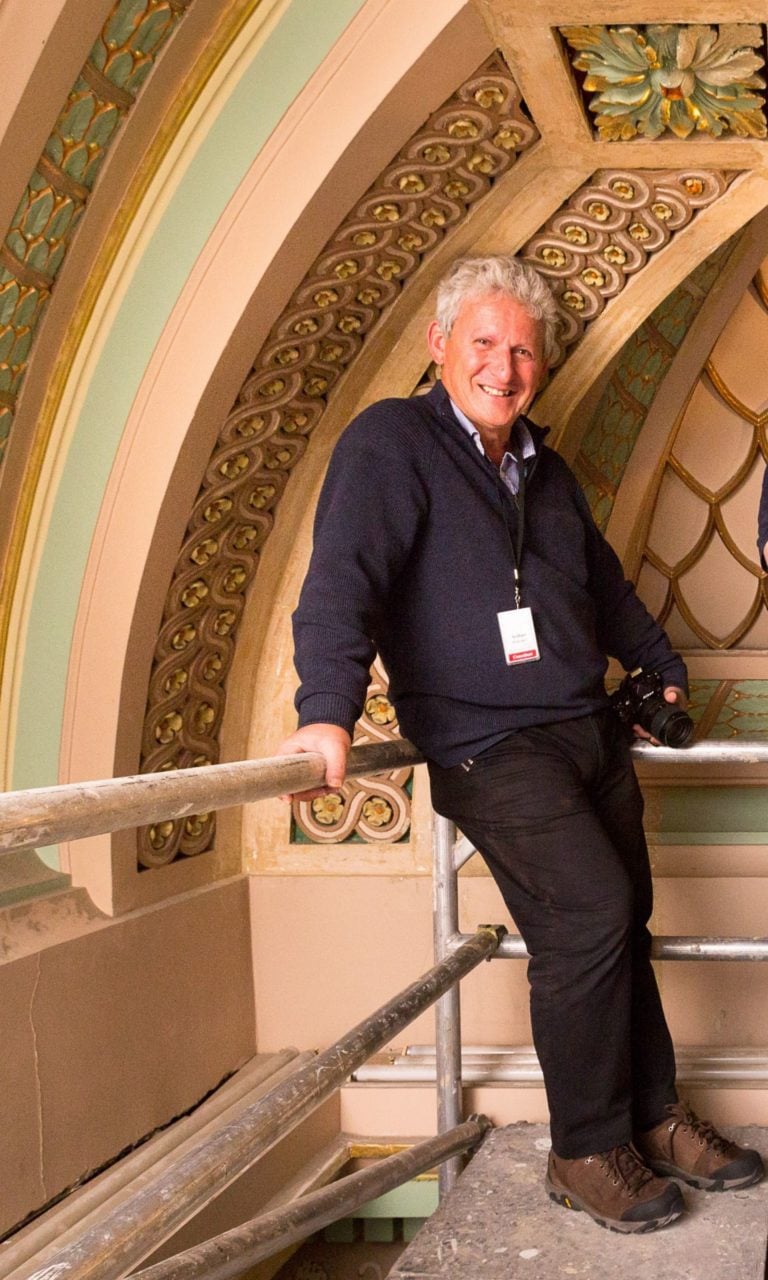It took around 400,000 hours of renovation works spread out in five years of partial closure for Australia’s oldest public library to enter the next chapter in its 163-year history.
But the result proves the wait was worth it.
The new face of the State Library of Victoria was revealed this month and bears a Greek stamp too.
Andronas Conservation Architecture – a team led by Greek Australian Arthur Andronas, renowned for his heritage expertise – worked with Danish architects Schmidt, Hammer, Lassen and firm Architectus Melbourne for the $88.1 million redevelopment.
Their aim, says Mr Andronas, was “to ensure the changes to the SLV’s historic spaces would ‘reveal history, not replicate it’.”

A typical example is the Ian Potter Queen’s Hall.
“In the Queen’s Hall, walls have been carefully stripped back to reveal Bateman’s original classically inspired polychromy, rather than add new layers. Some parts might look unfinished, but that’s all part of the intent. We took an archeological approach,” Mr Andronas explains.
READ MORE: Arthur Andronas appointed to State Library redevelopment
Praised as “the jewel in the Library’s stellar collection of unique heritage spaces”, the Ian Potter Queen’s Hall features a 19th century design, which is both practical and aesthetically appealing. Natural light flows generously through the skylights, designed as such to extend reading hours before gas lighting was installed.
Even before this revamp, the space was closed to the public for almost 20 years now, making its revival an even greater event.
Functioning as a reading room by day, the Ian Potter Queen’s Hall transforms into an impressive event space for special evening occasions.
But that’s just one of the revamp’s offerings, including among others a tech-friendly update in the foyer, a 40 per cent increase in floor space and up to 70 per cent bigger seating capacity.
Libraries are ultimately for the people and that’s something the architects’ team took into account creating spaces for learning, group work, kids’ activities, lectures and more, proving that libraries can remain relevant and attuned to the public’s needs.









